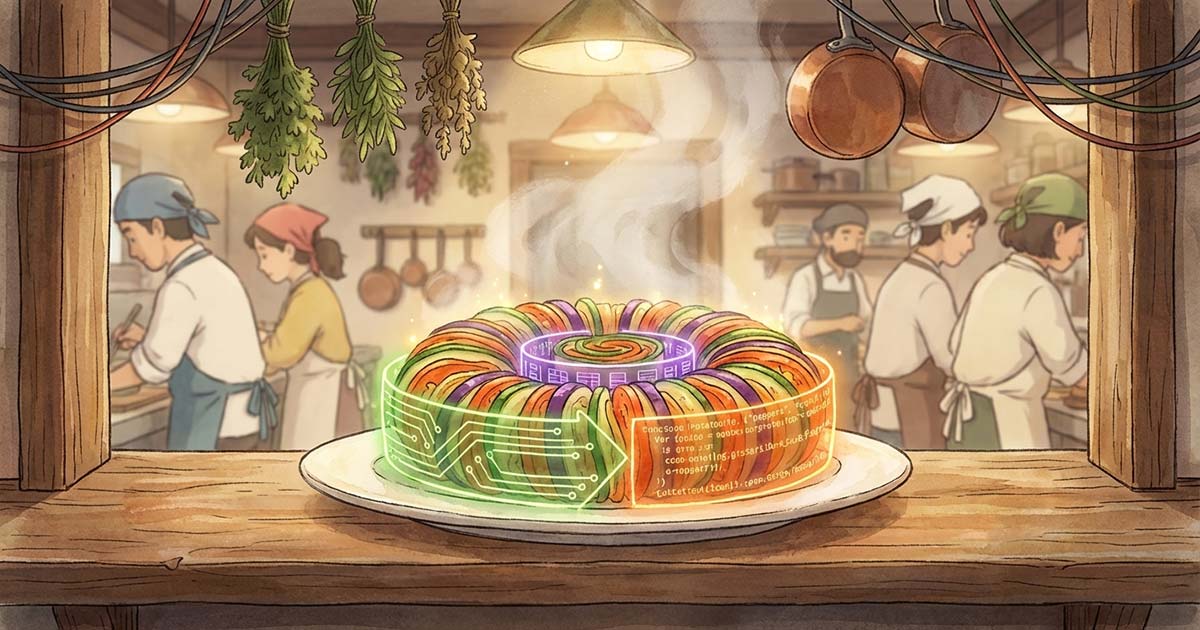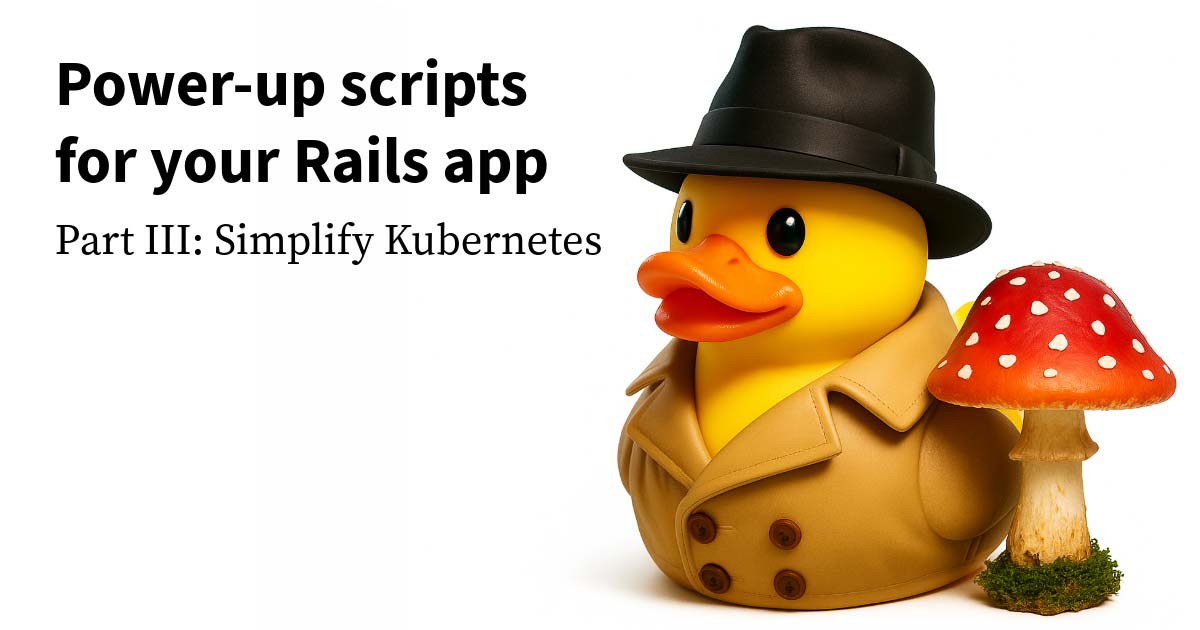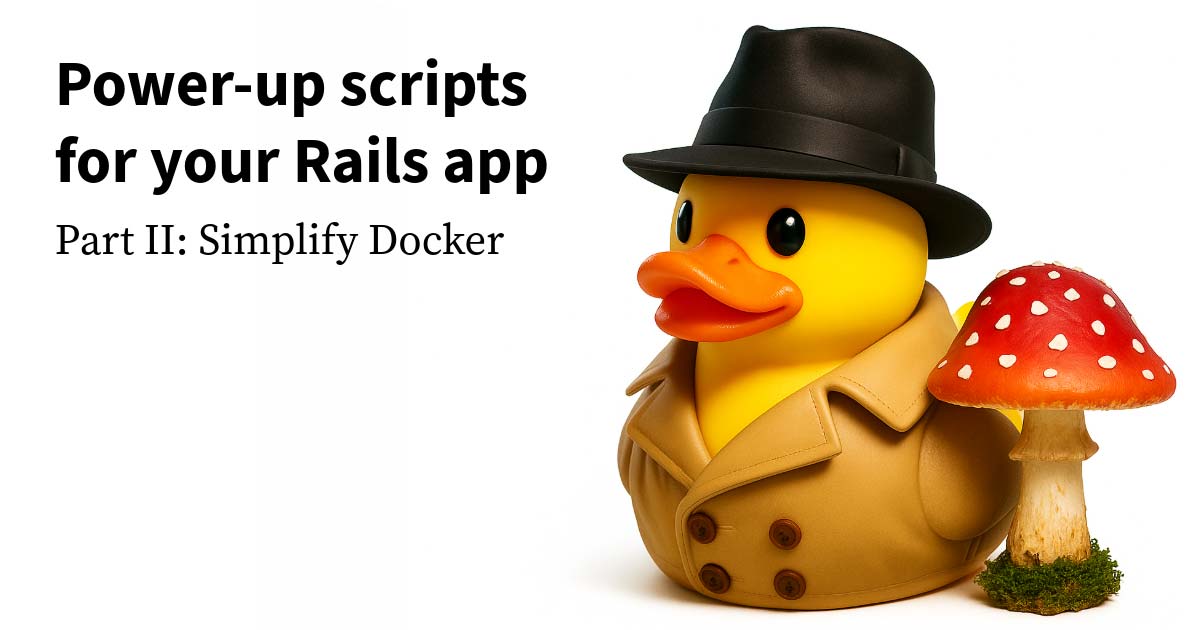Most products don’t fail because they’re broken. They fail because no one stops them.
Failure rates vary by industry, but studies show that anywhere from 40% to 80% of new products fail. Sometimes it’s market fit. Sometimes it’s timing. Sometimes it’s just the wrong bet. But the biggest waste isn’t failure—it’s waiting too long to walk away.
Instead of cutting losses, teams double down. They ship another release. Burn more budget. Convince themselves that one more feature will change everything. It’s not that people don’t see the waste—it’s that saying "this isn't working" feels impossible. No one wants to pull the plug when months of work, team morale, and leadership buy-in are on the line.
But every extra day spent on a failing product is a day not spent on something better. And that’s the real cost—not just in budget, but in missed opportunities, frustrated teams, and a product strategy people stop believing in.
Bad products don’t just waste money. They drain focus, slow teams down, and block the work that actually matters.
The hidden cost of clinging to bad products
The sunk cost fallacy keeps bad products alive because it feels logical. It shows up in everyday conversations like:
- “We’ve already invested so much—we need to see it through.”
- “We just need one more feature, and it’ll turn the corner.”
- “If we shut it down now, we’re admitting failure.”
But keeping a product alive just because of past investment isn’t strategic—it’s costly. It drains resources, slows momentum, and signals to your team that sustaining bad decisions is acceptable.
One client’s product team was running a tool that cost $84,000 per month to maintain while missing out on $200,000 in potential revenue. The work was solid, and the engineering team was strong, but keeping the product alive was a distraction.
Our product manager stepped in, assessed the opportunity cost, and replaced it with a $1,500-per-month dashboard—freeing up resources and unlocking millions in annual savings.
Another client was sinking resources into an internal logistics tool that no one was using. The system was costly to maintain, and teams were working around it instead of with it. Our product manager assessed the situation, shut down the tool, and shifted key functionality to a simple Tableau dashboard—saving the company $85,000 per month while improving decision-making and adoption.
How to break free: The kill-or-commit framework
It’s tough to challenge an idea—especially when it comes from leadership. Saying no can feel risky, and shutting something down can feel like giving up. But great product teams aren’t fearless—they just know the right questions to ask.
If something isn’t delivering real value, you don’t need to have all the answers—you just need to start uncovering them. Here’s how to validate, challenge, and refocus your efforts when a product’s future is in question:
1️⃣ Would we build this today if we weren’t already invested?
- If the budget and team were free, would this still be the best use of resources?
- If not, why are we still building?
2️⃣ What’s the real opportunity cost?
- What higher-impact problem could this team be solving?
- Are we keeping this alive because it serves users—or because it serves our internal narrative?
3️⃣ What does the data actually tell us?
- Are we measuring real impact, or just looking for proof that we were right?
- If we had to make the case to an outsider, would the data hold up?
Go deeper: Map it out
Many struggling products survive simply because no one has mapped out the full picture. Before making the call, use tools like:
- Assumption mapping: Identify what you think is true vs. what’s actually been validated.
- User journey mapping: Step into the user’s experience and pinpoint where value is (or isn’t) being delivered.
- Empathy mapping: Go beyond metrics to understand what users are thinking, feeling, and struggling with.
These tools force clarity. They surface hidden risks, challenge assumptions, and make it easier to see when it’s time to move on.
It’s not about what you’ve built—it’s about what’s next.
The hardest part of killing a product isn’t recognizing when it’s time. It’s giving yourself permission to move on.
If there’s something lingering on your roadmap that isn’t delivering real value, ask yourself: Is this the best thing we could be building? Or just the hardest thing to let go of?
At Test Double, we help teams cut through uncertainty. Our Product Maturity Assessments uncover where your product strategy is holding you back, and our product management and software development consultants work together to ensure you’re not just building the thing right—but building the right thing.
Need help making the hard calls? Let’s talk.














